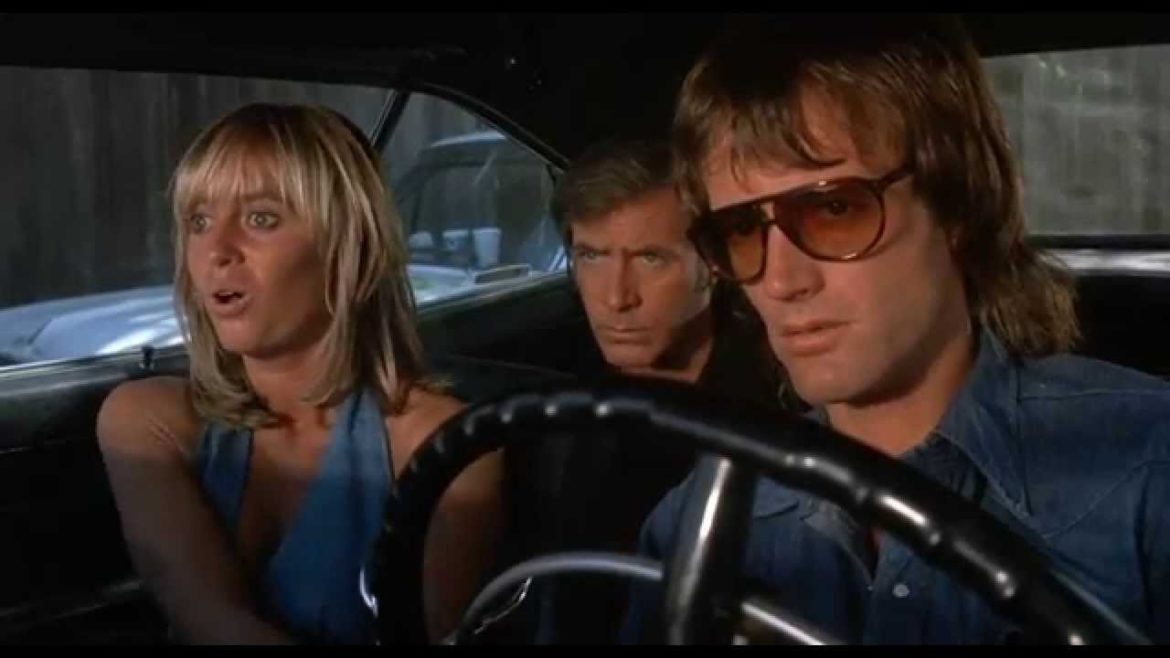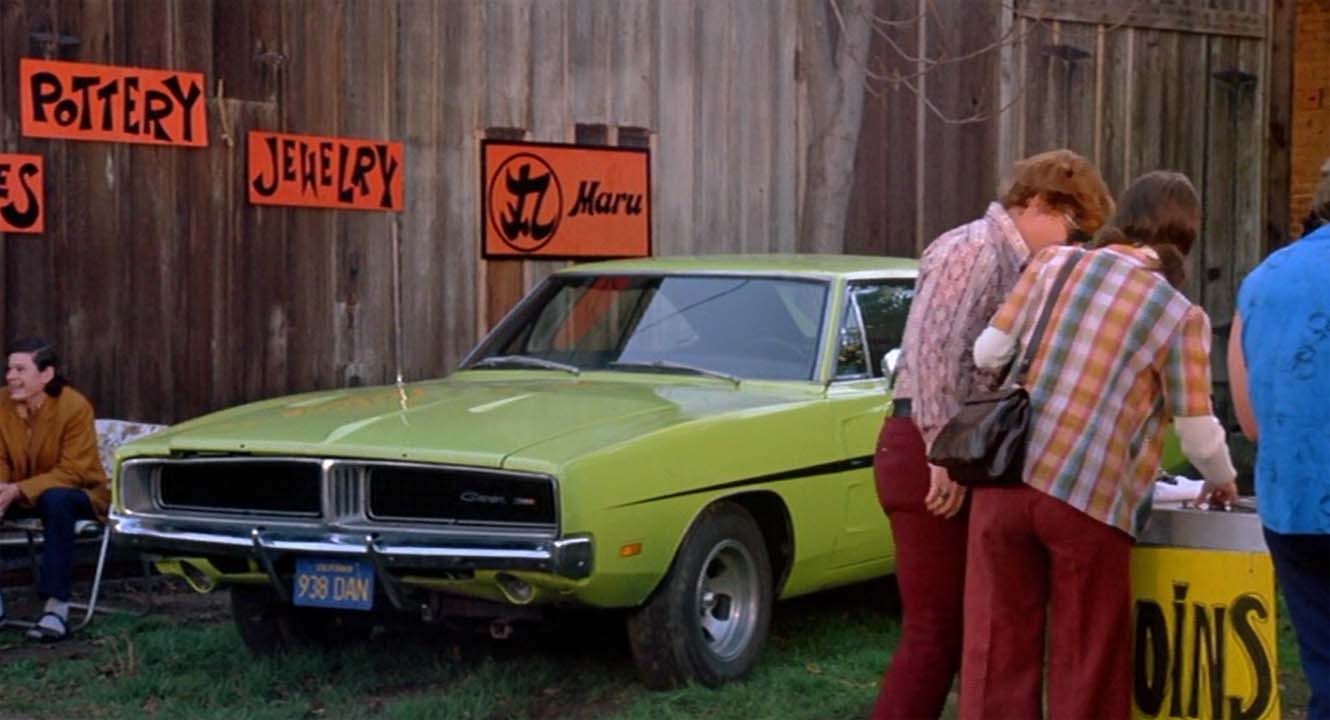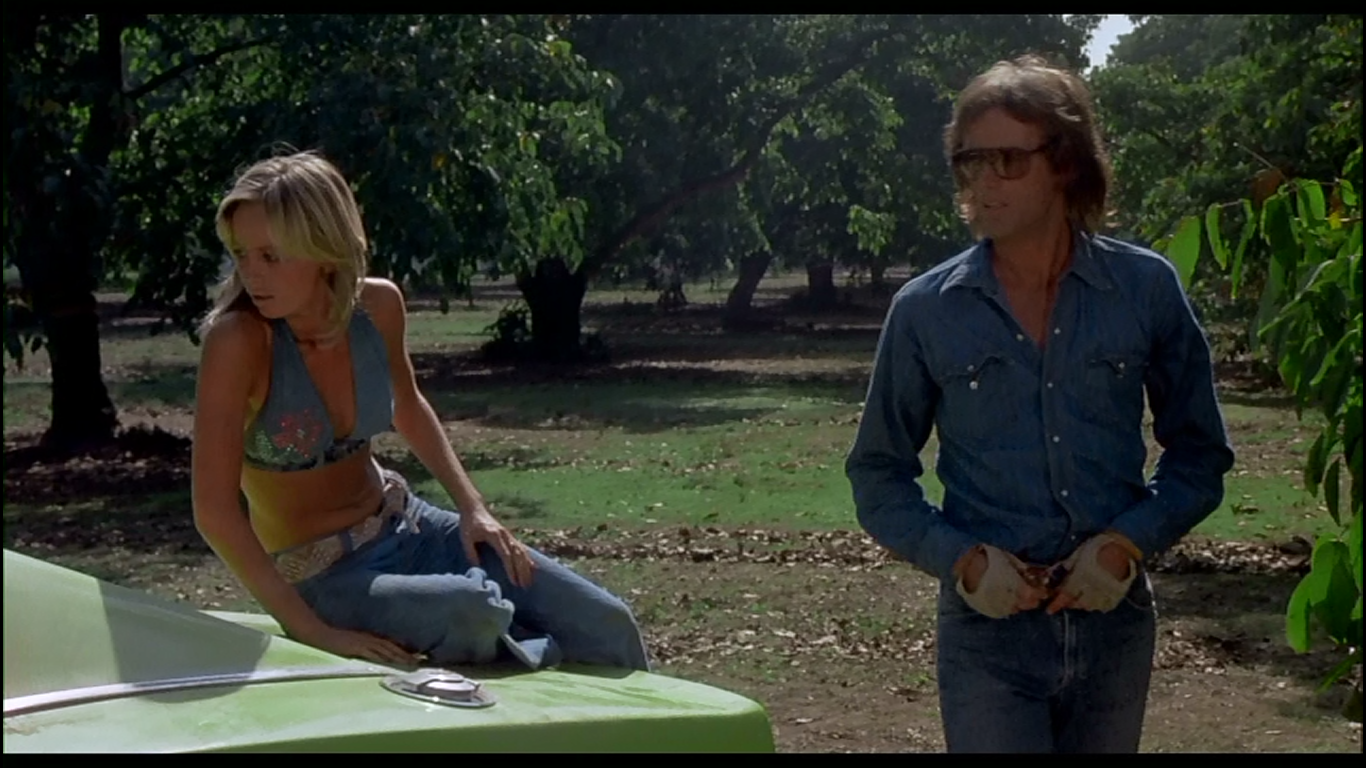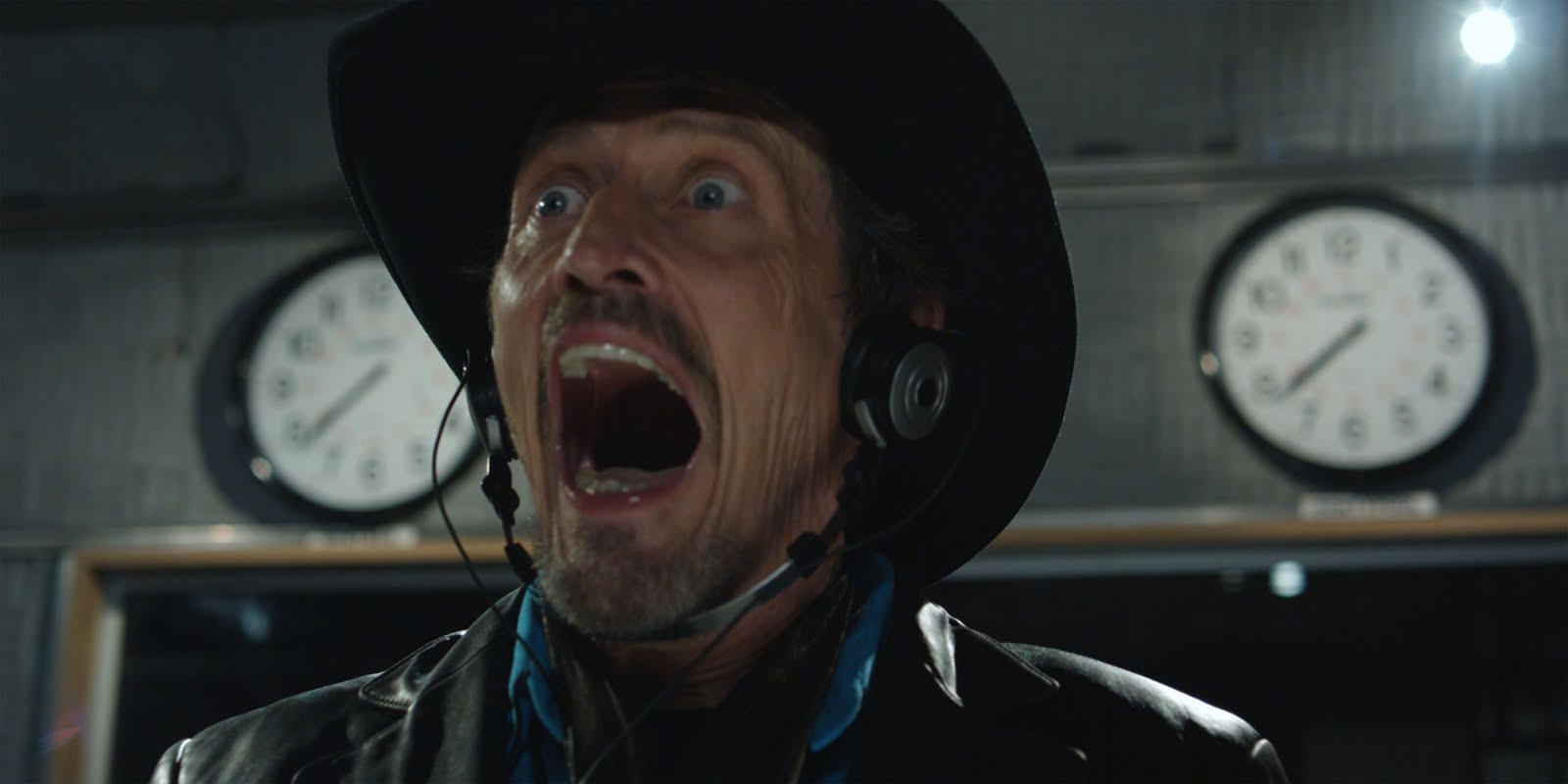“Well, I ain’t talkin’ philosophies, I’m talkin’ cars,” says the local sheriff in Dirty Mary, Crazy Larry, a 1974 chase movie that was all-but-forgotten until predictable super-fan Quentin Tarantino started peppering his films with references to it.
The sheriff is referring to his own department’s need for vehicles, but out of context it could stand in as the film’s tagline. Dirty Mary, Crazy Larry is in love with motion, revving engines, practical stunts, and spinning wheels. Everything else is secondary, including plot, coherence, continuity, character depth, and logic.
In other words, it’s awesome.
Unlike its better-regarded, car-obsessed contemporaries Bullitt and Vanishing Point, Dirty Mary, Crazy Larry makes no attempt at respectability. This is exploitation through and through. (See: title.) Counter-culture icon Peter Fonda stars as Larry, who is crazy. Susan George, three years removed from a star-making turn in Straw Dogs, is Mary, who is dirty. (Because she sleeps around. The gender politics of this film are abysmal.)
The two are introduced after a one-night stand, as Fonda goes off to rob a store of $150k (because, sure, stores often have $150k lying around). She ends up insinuating herself into the heist Larry and his accomplice Deke (Adam Rourke) have planned, and the three bicker their way across the Midwest at high speeds.
None of the rest matters. The offhand nihilism and slut-shaming gives way to long, long chase sequences, clearly orchestrated in ways no film would allow today. The camera shakes violently inside the car, or focuses in on the fetishized chrome, tires, and waves of dust as the trio flees a fleet of cops, an obsessed sheriff, and even a helicopter on loan from Fish & Wildlife. It’s that kind of movie.
Like I said, awesome. Between their hyper-verbal banter and the bonkers exploitation trappings, it’s no wonder Tarantino is a fan, going so far as to reference the car’s license plate number in Death Proof and showing the film in the background of a scene in Jackie Brown.
It’s viscerally thrilling, palpably dumb, and it’s now on Netflix for all your lizard-brain, vroom-vroom needs.
Quick Links
Clueless: Amy Heckerling’s riff on Jane Austen’s Emma has held up remarkably well, anchored by a breakout performance from Alicia Silverstone and given some real sweetness by apparent ageless vampire Paul Rudd. Both Heckerling’s updates and faithfulness to the material are inspired, and the cast is ideal. Revisit it and remember that glorious time, a halcyon age when Stacey Dash was a talented comedian and not the worst person in the world.
Full Metal Jacket: One of Kubrick’s more divisive films, even among Kubrick die-hards, Full Metal Jacket remains entirely worth watching. There’s no denying the gripping urgency of its first half, a Vietnam-era boot camp hell navigated by young men out of their depth. When we abruptly shift to the war itself, some viewers think the film loses the thread; others think that’s the point. Watch it, or rewatch it, and decide for yourself.
Pontypool: The horror selection on Netflix streaming is, by and large, a festering morass of shitty sequels, direct-to-video fare, and whatever Avalanche Sharks is supposed to be. 2009’s Pontypool, on the other hand, is almost too clever — a film about mass infection via language. It’s scary, funny, and smart, and it has no place in the dregs of the horror section here. Watch it before someone realizes and replaces it with Avalanche Sharks 2: They All Fall Down.
Stranger By The Lake: Striking for its frank depictions of gay cruising culture, but most memorable for the ominous mood it creates, Alain Guiraudie’s feature is mysterious, disturbing, and insightful, by turn. The captured moments of anonymous sex on a hidden beach would be exciting enough in and of themselves, even if there weren’t a murderer lurking about. These exploitation trappings give way to something much more evocative, a startlingly subdued rumination on danger and desire.







